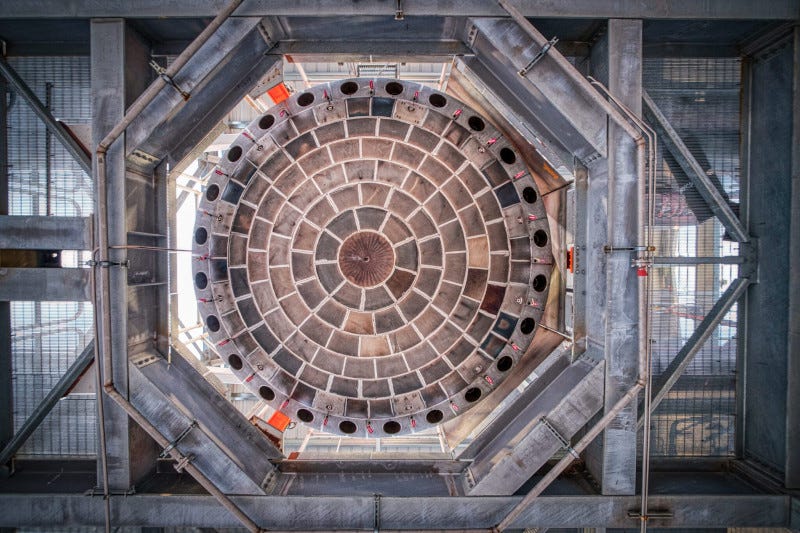New Andromeda Engine Introduced by Stoke Space
Fully Reusable Upper Stage Motor Features Design Upgrades
The next iteration of the Stoke Space Andromeda engine has been announced by the company. Built on lessons from earlier variants, Andromeda’s new design (called Andromeda2) brings major improvements to performance, simplicity, and rapid reusability, the company says.
Stoke says it has created a system that can not only r…
Keep reading with a 7-day free trial
Subscribe to The Journal of Space Commerce to keep reading this post and get 7 days of free access to the full post archives.



